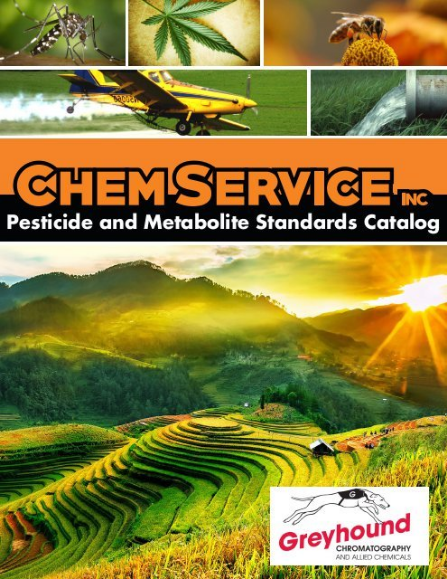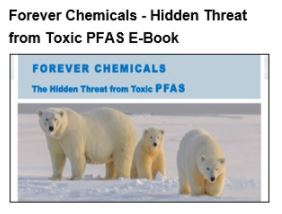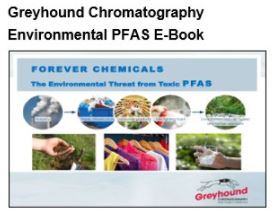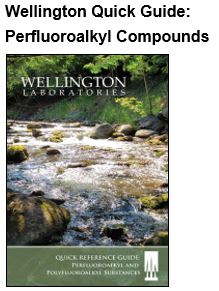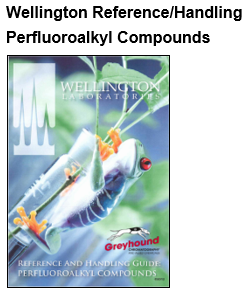Dairy farmers must beware flies’ resistance to pesticides
![]()
The dairy industry is an essential component of both agriculture and the larger economy in the U.S. Experts in the industry note that the country has more than 51,000 dairy farms, 97% of which are family-owned. Dairy is the top agricultural business in California, Wisconsin, New York, Idaho, Michigan, Arizona, Utah and numerous other states. Overall, the economic output of this industry is about $140 billion, with $29 billion in household earnings and more than 900,000 jobs.
In addition to the farmers, the dairy industry generates business for a slew of other professionals and companies, including veterinarians, equipment manufacturers and the different parties that use the milk in food products. All of these entities depend on farmers producing adequate amounts of milk, which means the farmers have to make sure their cows stay healthy.
One of the most important dimensions of care for dairy cows is pest control. There are several types of flying insects – including mosquitos, face flies, horse flies, deer flies and stable flies – that feed on the animals' blood or facial secretions, according to experts from Purdue University. This places stress on the dairy cows and potentially reduces their capacity for producing milk.
Controlling the pest problem depends on several measures, including proper sanitation and prudent use of pesticides. When it comes to the latter, farmers must be aware of the evolution of chemical resistance among insects, as reported by the Cornell Chronicle, a news source based out of Cornell University.
Mutations may lead to misery
Researchers from Cornell have been working to help dairy farmers by studying the impact of various pesticides. One of the products they focused on was permethrin. According to the U.S. Environmental Protection Agency, permethrin belongs to a class of pesticides known as pyrethroids, which alter the functionality of nerve cells. It is commonly used on food crops, livestock and housing, food handling establishments and transportation. About 2 million pounds of the chemical compound are used in the U.S. annually.
In their research, the Cornell scientists studied generations of flies in their laboratory, and discovered three distinct mutations that affected their response to permethrin and other pesticides. While one of these mutations was associated with a high degree of permethrin resistance, another mutation was tied to a low degree of resistance. However, contrary to what they would have expected, the mutation that caused the most resistance to the pesticide was not the most common in the fly population. This may be explained by the cost in fitness imposed by the mutation, and the researchers hope that additional research will find an answer.
In the meantime, the scientists recommend that farmers use their pesticides more wisely.
"Only use insecticides when they are needed," Cornell entomologist Jeff Scott told the Cornell Chronicle. "[Some farmers decide,] it's Tuesday and I need to spray.' We recommend that farmers monitor [fly] levels and only use an insecticide when they will benefit from spraying."
Additionally, Scott recommended that farmers alternate which pesticides they use by switching them every season or every month. They may also find it beneficial to use biological controls. According to the Cornell University College of Agriculture and Life Sciences, there are four main types of biological pest control:
Parasitoids – Insects such as wasps lay their eggs inside the bodies of pests, gradually killing them.
Pathogens – Bacteria, viruses or fungi are applies through standard spray mechanisms.
Predators – Beetles, spiders and other arthropods feed directly on the pests.
Weed-feeders – Insects and other arthropods can be used to eat and eliminate plant pests.
In some cases, it may be appropriate or efficient to use a combination of these biological methods at the same time, or carefully coordinate their use alongside pesticides such as permethrin.
Do not forget sanitation
While pesticides and biological pest controls are certainly valuable, farmers need to remember that cleanliness and proper sanitation may attract fewer pests in the first place. According to Purdue University, pre-emptive measures should include removal of manure at least twice a week, maintenance of manure accumulation in liquid pits below the water line, and prevention of the accumulation of wet straw or other potentially decomposing matter around housing units.
Chem Service has over 2,000 Pesticide and Metabolite Reference Standards.
CONTACT US
Tel: +44 (0) 151 649 4000
Email: marketing@greyhoundchrom.com
FOLLOW US
YOU MAY ALSO BE INTERESTED IN OUR NEWSLETTER
About the Author
Susan Massie, Sales & Marketing Director, Greyhound Chromatography and Allied Chemicals Email: sue@greyhoundchrom.com
Susan Massie is the Sales & Marketing Director for Greyhound Chromatography and Allied Chemicals, affectionately known as 'Greyhound' in our scientific community. Greyhound was founded by Susan's husband Paul Massie more than 40 years ago, Susan hasn't been in the business for all of that time but has been involved with Greyhound for over 17 years. Greyhound continues to grow, expanding into new markets and taking on the challenges of our ever changing environment. It's heartwarming to witness the world waking up to the fact that we are damaging our planet on a daily basis. Every action we take has a direct effect on our planet and the world we leave behind for future generations. Susan is passionate about climate change and is happy to work in an industry that can have a direct effect on reducing the impact of our actions on the environment. All of the team at Greyhound take our responsibilities very seriously, the products that we supply are used by the world's leading scientists and chemists as they endeavour to monitor and repair the environment. All is not lost, if we all take responsibility for our actions, from reducing our waste and reusing or recycling our material collateral we can make a difference. The internet is full of useful advice and guidance, Susan is proud to contribute to that wealth of knowledge whenever she can.
Greyhound prides itself on personal service which provides prompt, efficient, cost-effective, safe delivery of all products. Greyhound provides technical advice and distribution of Certified Reference Standards and Materials, Laboratory Consumables, Solvents and Reagents across all scientific disciplines. Greyhound Chromatography offers over 1 Million products from its UK warehouse. The team at Greyhound are proud to support the work of the world's leading scientists and chemists as they challenge the abuse of our planet and try to make a difference to the world we leave behind for our ancestors.
You can view Susan's Linked In Profile here https://www.linkedin.com/in/susan-massie-79ab4121/


